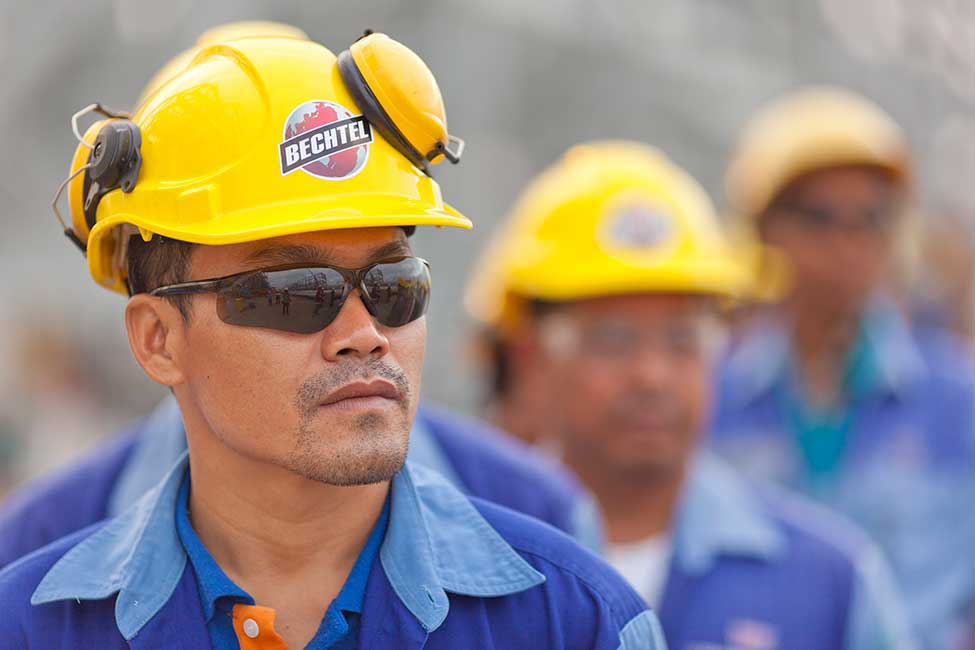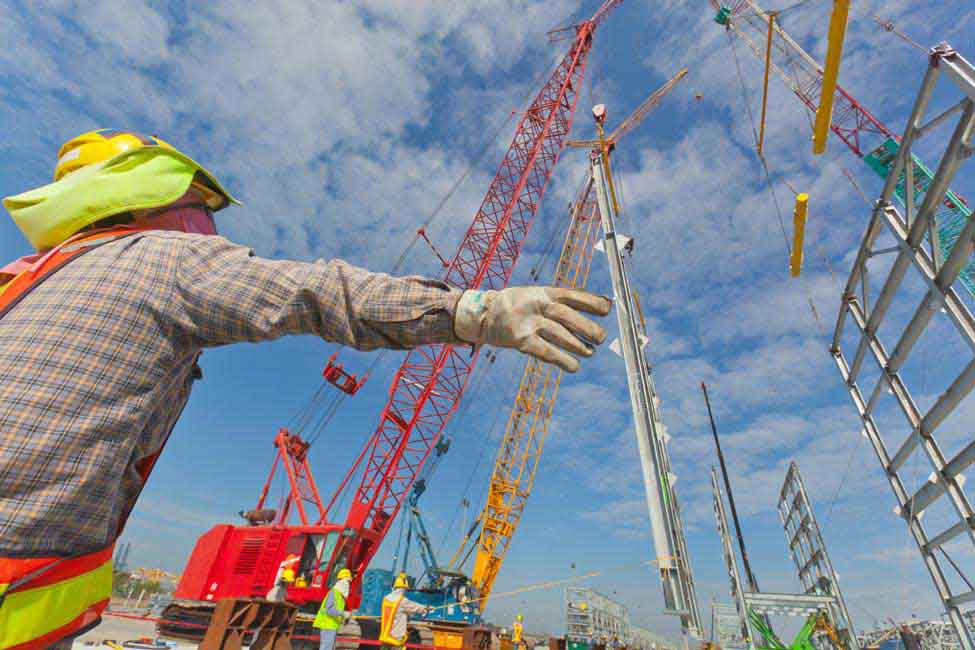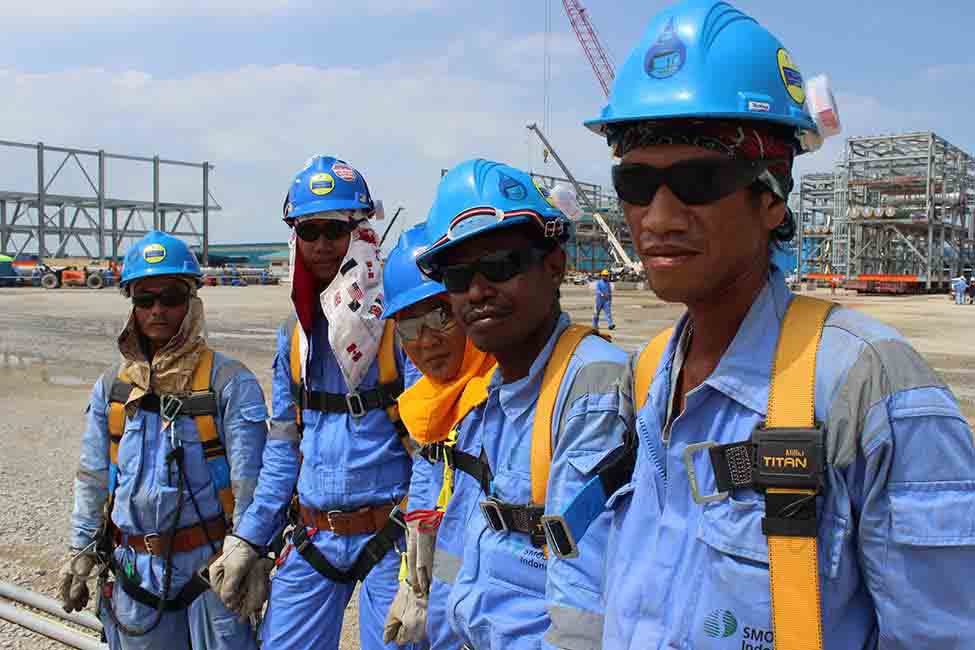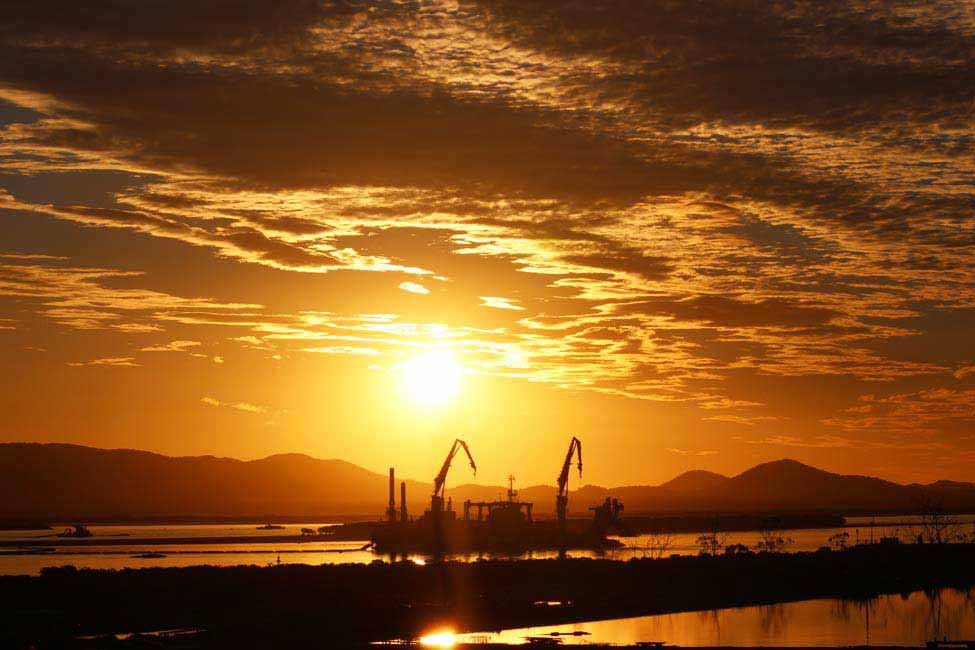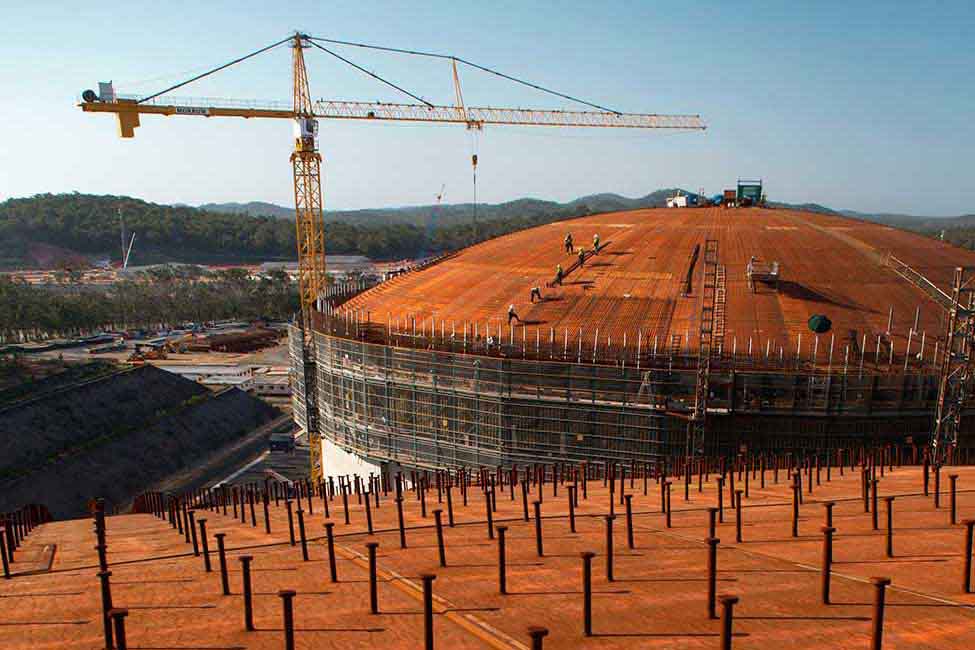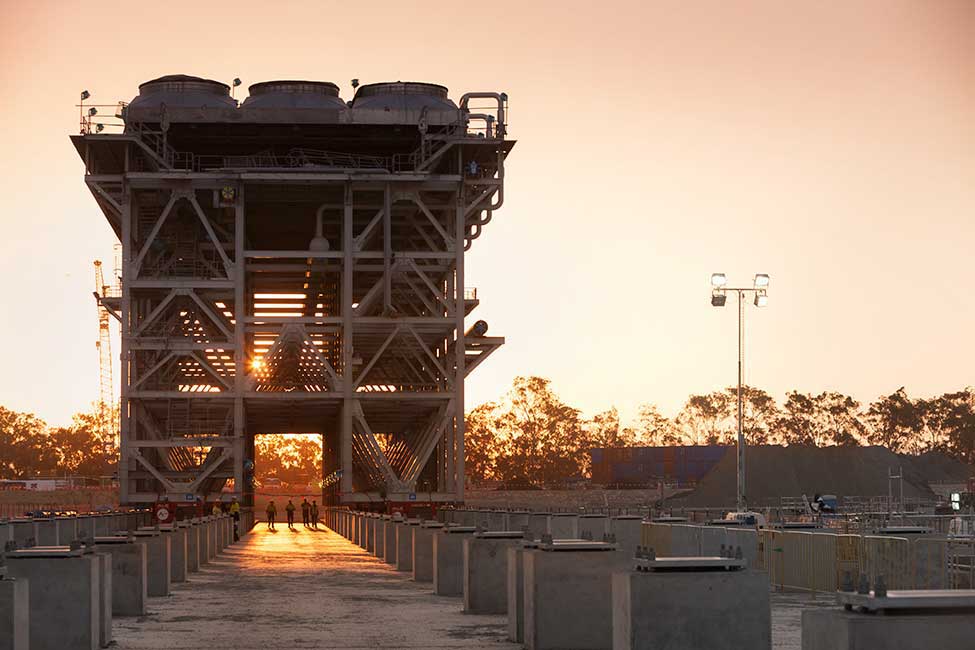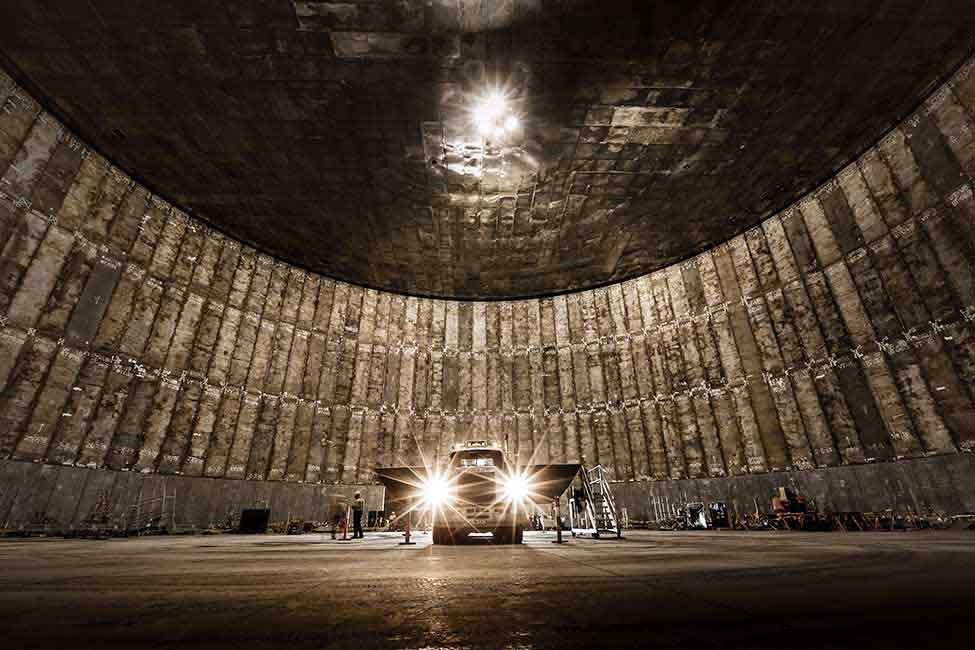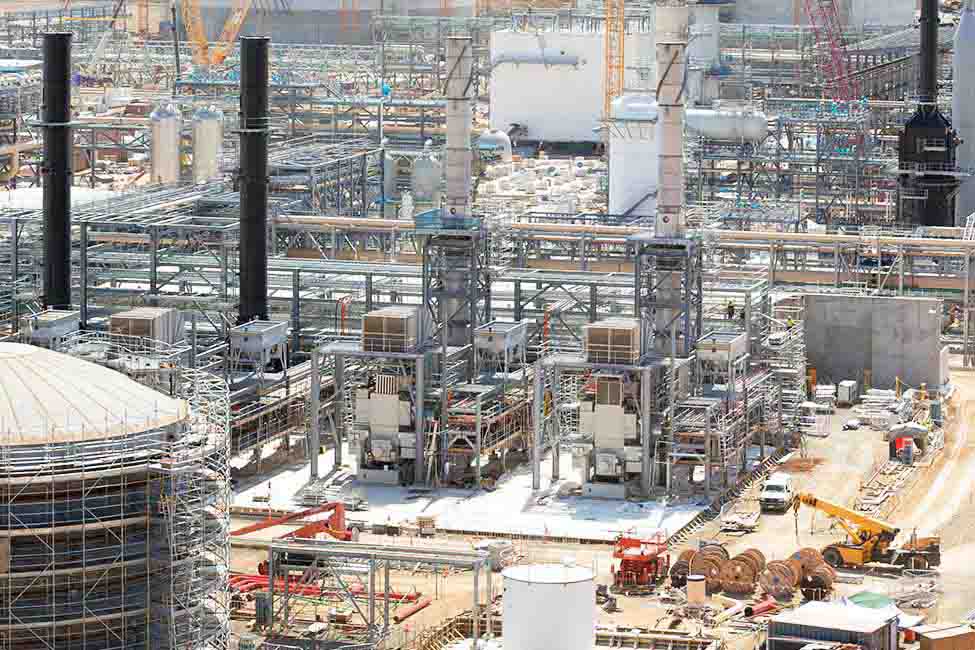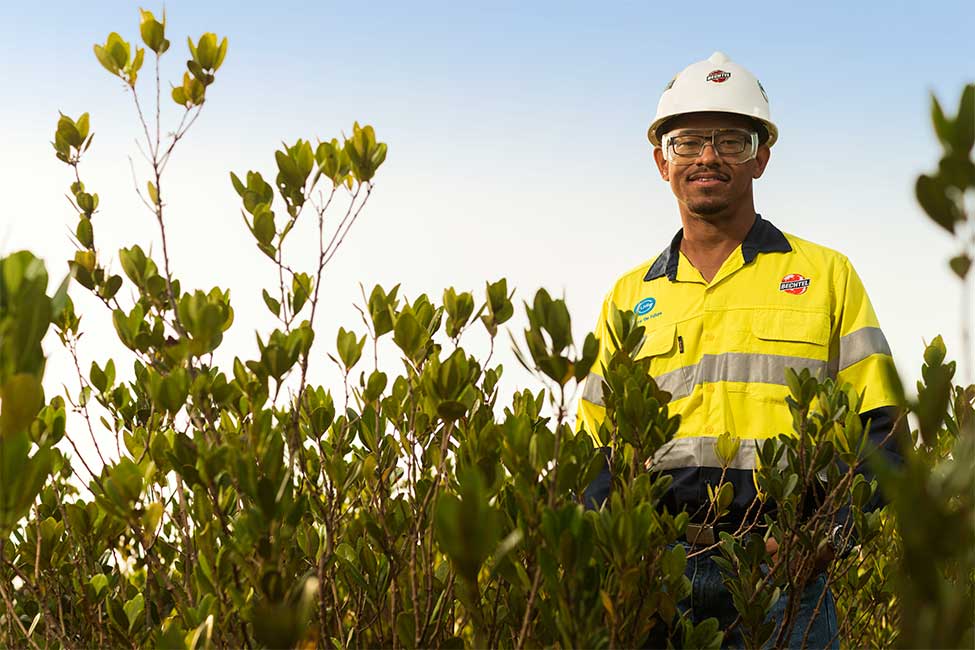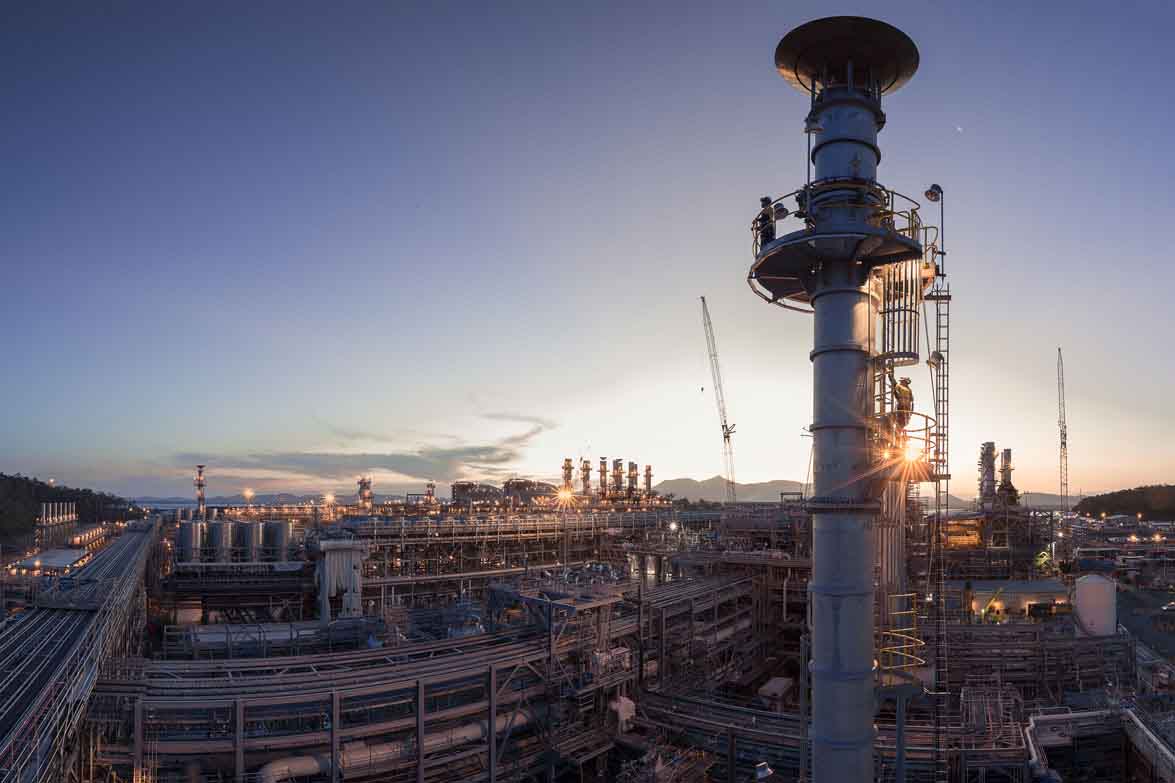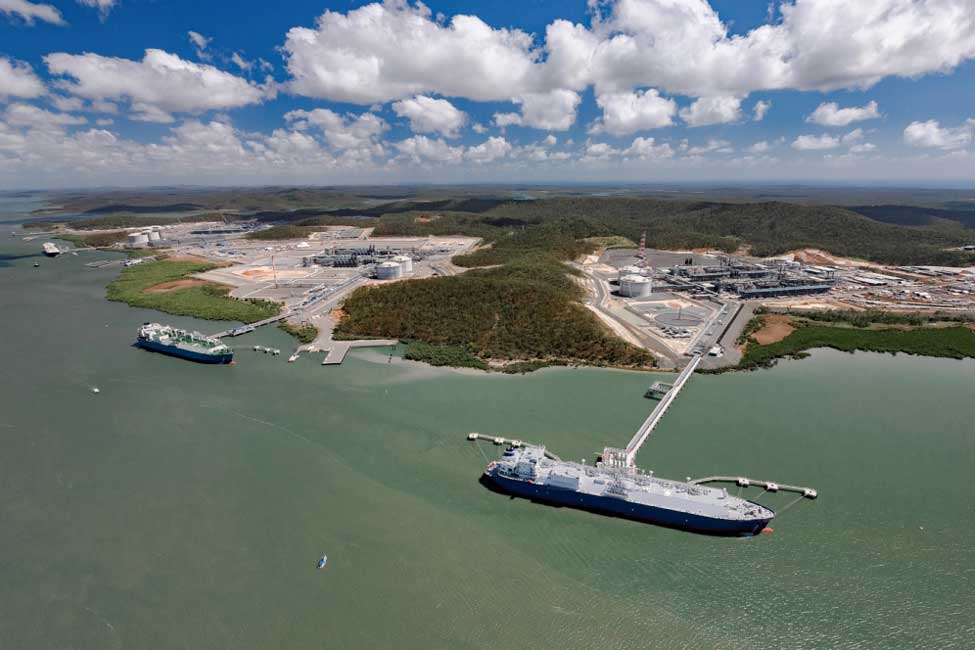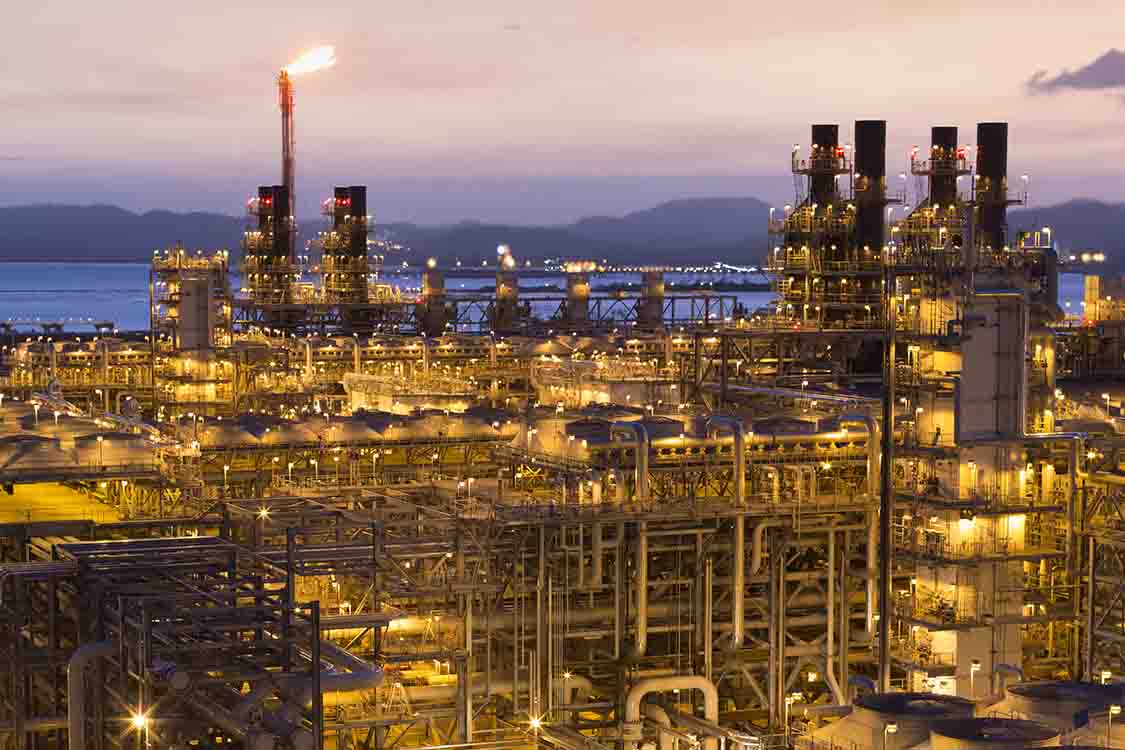In quick succession, Queensland Curtis LNG (a joint venture of QGC – now a Shell-owned business, China National Offshore Oil Corporation and Tokyo Gas), Australia Pacific LNG (a joint venture of ConocoPhillips, Origin and Sinopec), and Santos GLNG (a joint venture of Santos, Petronas, Total, and Kogas) each hired Bechtel to design and build a liquefied natural gas complex on Curtis Island, off the shore of Queensland, just north of the city of Gladstone.
These three simultaneous construction programs are part of the largest concentration of private-capital investment in Australia’s history.
Annual world demand for LNG stands at about a quarter billion metric tons. Forecasts point to an increase of 60 percent or more by 2020 and a doubling of consumption by 2030—much of it in Asia. The three plants will produce LNG for use by Australians and for customers in China, Korea, Japan, and Malaysia. Together, the plants will account for roughly 8 percent of global LNG production.
"To concurrently deliver six LNG trains for three customers on a single island is an unprecedented achievement. The skills and hard work of our people and their collaboration with our customers and the Gladstone community enabled us to successfully deliver the first LNG for export from the state of Queensland."
Darren Mort, General Manager, LNG business line
Megaproject delivery by the numbers
- 3 projects, 3 customers, 1 contractor
- 14,500 people employed at peak
- Concrete equivalent to seven Empire State Buildings
- Structural steel equivalent to 13 Eiffel Towers
- Electrical cable equivalent to 11 times the length of the Grand Canyon
- Three module yards in Indonesia, Thailand, and the Philippines fabricating 260 modules, many of which weighed up to 5,000 tons
Local impact
- More than $1.5 billion in local wages to long-term Gladstone residents
- 436 apprentices trained and hired, including 200 local residents out
- 500+ Aboriginal and Torres Strait Island people employed
- Comprehensive community engagement program, including support to local science, technology, engineering, and math (STEM) education and marine safety
- 40+ subcontracts totaling $350 million awarded to local businesses


